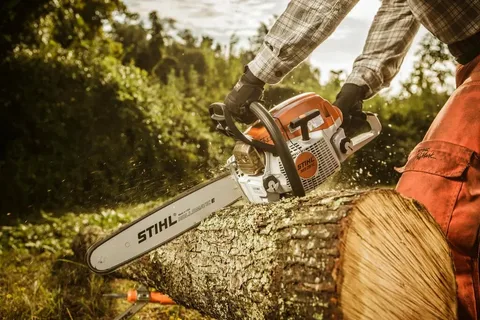Chainsaw carving is a unique form of art that combines the power of machinery with the creativity of sculpture. Whether you’re an artist looking to explore a new medium or a hobbyist interested in woodworking, chainsaw carving can be a rewarding and exciting pursuit. In this guide, we’ll walk you through the essentials of chainsaw carving for beginners: tools, techniques, and ideas to help you get started safely and successfully.
What is Chainsaw Carving?
Chainsaw carving is the process of using a chainsaw to create sculptures out of wood. Originating in the 1950s, it has grown into a recognized art form, with competitions, exhibitions, and passionate communities around the world. While it may seem intimidating at first, modern tools and resources have made it accessible for anyone willing to learn.
Essential Tools for Beginners
Before diving into carving, it’s important to gather the right tools. Here are some basic tools you’ll need:
1. Chainsaws
- Standard Chainsaw: Great for rough cuts and shaping.
- Carving Chainsaw: A smaller, lightweight saw with a narrow tip, ideal for detail work.
2. Safety Gear
- Helmet with face shield
- Hearing protection
- Chainsaw chaps
- Gloves and steel-toed boots
3. Supporting Tools
- Mallet and chisels for finishing touches
- Power sander for smoothing surfaces
- Workbench or carving stand for stability
Starting with the right equipment is a crucial part of chainsaw carving for beginners: tools, techniques, and ideas because it ensures safety and improves carving results.
Basic Techniques to Learn
Chainsaw carving may seem all about brute force, but precision and control are key. Here are some foundational techniques every beginner should master:
1. Blocking Out the Shape
Start by removing large sections of wood to outline the rough shape of your sculpture. Think of it as sketching in three dimensions.
2. Layered Carving
Work in layers from the outside in. This allows you to refine your shape gradually without making irreversible mistakes.
3. Detail Work
Once the basic form is in place, switch to a carving bar or smaller chainsaw for finer details. Use chisels and sanders for finishing.
4. Texturing
You can add texture by changing the angle of the saw or using specialized bits. Practice will help you develop your own style.
Patience and practice are essential. Don’t rush — even the pros make rough cuts before getting into the details.
Creative Project Ideas to Get Started
When exploring chainsaw carving for beginners: tools, techniques, and ideas, having a list of simple projects helps build confidence. Here are some beginner-friendly ideas:
- Wooden Bears: A classic starter project that helps you practice basic shapes and textures.
- Mushroom Stools: Simple yet functional, perfect for practicing rounded forms.
- Eagles or Owls: More advanced but great for learning symmetry and feather detailing.
- Name Signs or Totems: Personalize your carving with text or simple figures.
As you grow in skill, try mixing different types of wood and adding color or stains to bring your creations to life.
Tips for Safe and Successful Carving
- Always wear your safety gear — no exceptions.
- Start with soft woods like pine or cedar; they’re easier to carve.
- Keep your tools sharp and clean to prevent accidents and achieve cleaner cuts.
- Work in a well-ventilated, open space and keep a first aid kit nearby.
- Learn from others by watching tutorials, joining local carving groups, or attending carving events.
Final Thoughts
Chainsaw carving is both a challenging and fulfilling craft. With the right approach, it can be accessible even to beginners. By focusing on chainsaw carving for beginners: tools, techniques, and ideas, you’ll set a strong foundation for developing your skills and expressing your creativity through wood. So grab your chainsaw, stay safe, and start carving your first masterpiece today!

